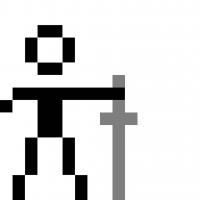Also, I'm not farmiliar with AVX or Ark (sorry for the ignorance, still in the beginning of my market research) could you expand on what these are and why they're important?
AVX is intel's newer SIMD instruction set, and Ark is intel's database/website for CPU specs.
Personally if you go integrated graphics i'd get a broadwell minimum CPU because GPU Virtual address space support was improved past 2GB in broadwell.
If you go with dedicated a 960m is a good starting point.
System RAM - if you multi-task you'll appreciate 16GB, and some people have commented 16 min for dev purposes... I don't use Unity but IIRC you'll have the Unity editor and Monodevelop open at the same time. You'll most probably have a browser, documentation open as well. Content creation requires more RAM as well so 16GB is a good investment.
I see, thanks.
but in terms of GPU, are you saying Integrated graphics on a broadwell processer would perform better than a discrete 920/940m? or that they would just be so marginally better that it's not worth investing in one?


